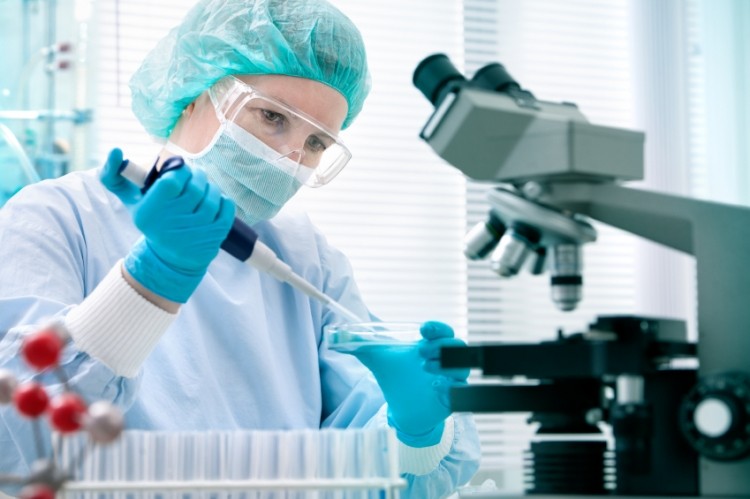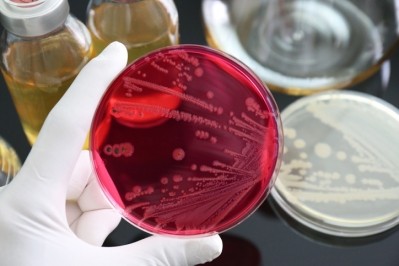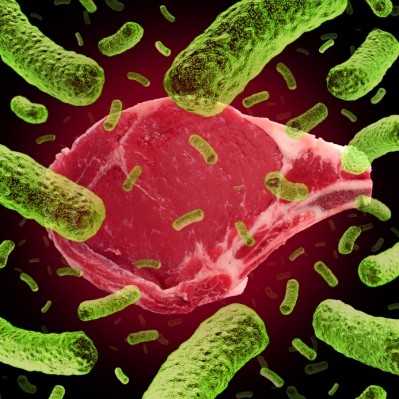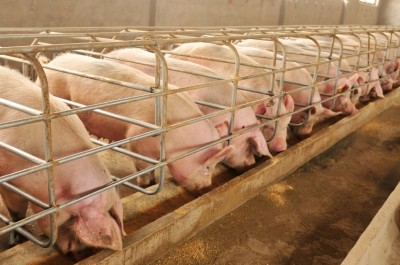Dispatches from IPPE 2015
Anitox and USDA join forces on research into Salmonella isolation in feed

Hydrogen Sulfide (H2S) testing - the ‘gold standard’ for physically and biochemically identifying Salmonella in feed until now – is not sufficient on its own to return reliable results, say the authors.
They claim their data points towards the need for more robust practices for analytics and food safety laboratories.
Salmonella tainted feed can result in poor performing birds have can also have negative repercussions further down the chain in terms of public health in that it propagates foodborne illness.
But the pathogen, say the researchers, can be difficult to assess and isolate in poultry feed due to uneven distribution.
False negative results
Anitox research, development and analytics manager, Dr Kellie Hogan, presenting the results in a poster presentation at IPPE 2015, said H2S testing from XLT-4 agar to detect the presence of Salmonella in feed can, in fact, deliver false negative results, and can mask the pathogen’s presence.
“Salmonella favors warm, damp conditions with little environmental stress, and in these circumstances H2S testing proves highly effective.
However, the work we’ve just completed confirms that when Salmonella is ‘stressed’ and environmental conditions are less than favorable the pathogen can remain undetected, only to be confirmed as Salmonella within a matter of hours.
That’s why we advise a comprehensive approach to testing using multiple methods. While H2S should always be considered, the most accurate results can be obtained with a testing regime that includes PCR or other molecular testing alongside H2S analysis,” said Hogan.
The authors recommend that samples should be incubated a further 24 hours beyond the initial 24h and feed analysts should examine plates for yellow colonies with a black pinpoint center as they may become black with longer incubation time.
They suggest employing biochemical analysis, such as the use of API testing strips, to determine the biochemical profile.
The researchers note that PCR or qPCR methods mean analysts can rely on the gene sequence alone, without any interference from environmental impacts to the organism.















